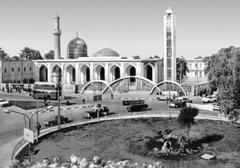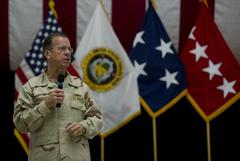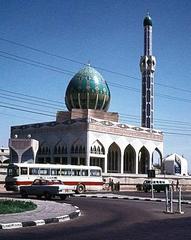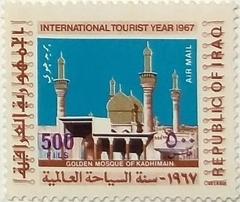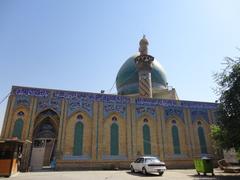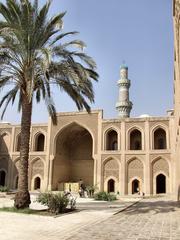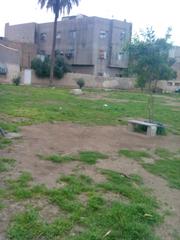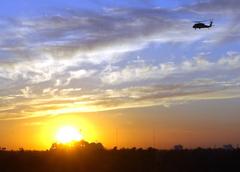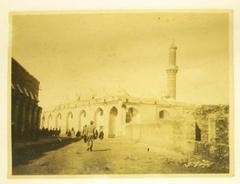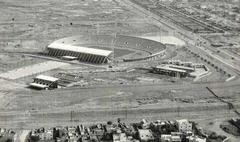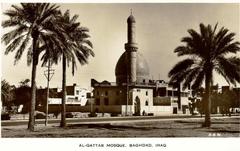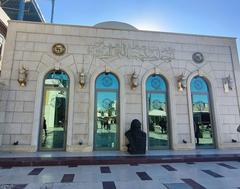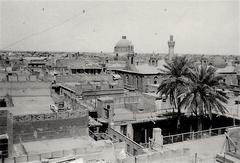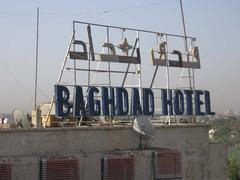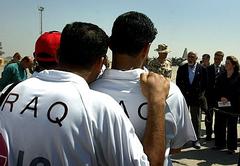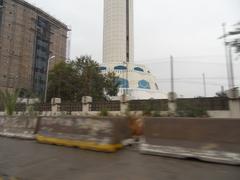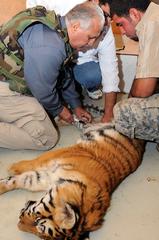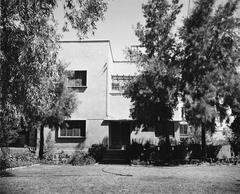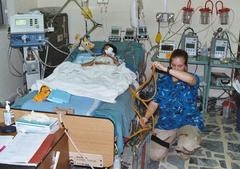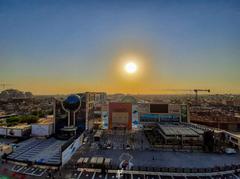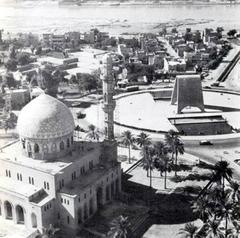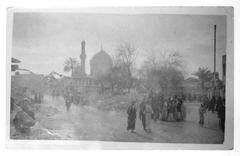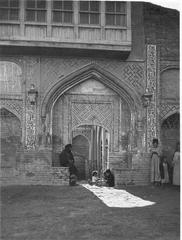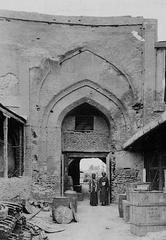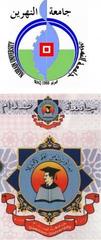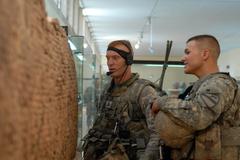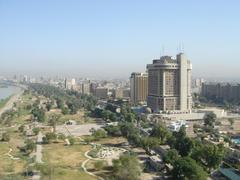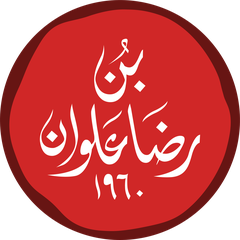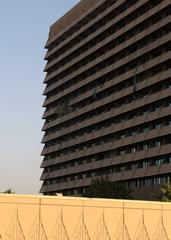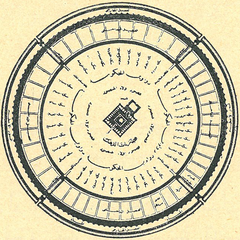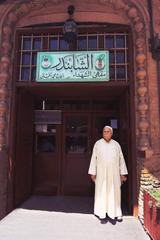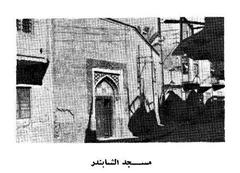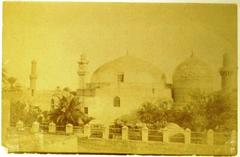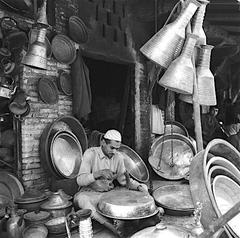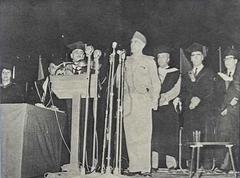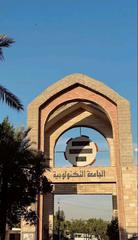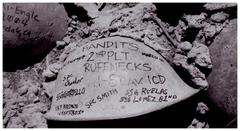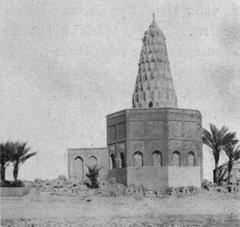Abd Al-Karim Qasim Museum: Visiting Hours, Tickets, and Guide to Baghdad’s Historical Sites
Date: 14/06/2025
Introduction
Situated in the heart of Baghdad, the Abd Al-Karim Qasim Museum is a vibrant testament to Iraq’s modern transformation. Dedicated to the celebrated leader of the 14 July Revolution (1958), Abd Al-Karim Qasim, the museum provides an immersive exploration of a pivotal era in Iraq’s history. Through carefully curated exhibits, visitors discover Qasim’s rise to power, his sweeping reforms, and the enduring impact of his leadership on Iraqi society.
Whether you are a history enthusiast, a student, or a traveler seeking to delve into Baghdad’s cultural landscape, this comprehensive guide covers everything you need to plan your visit—from opening times and ticketing to highlights, accessibility, and nearby attractions.
For further insights on Iraq’s modern history and related cultural landmarks, consider visiting the National Museum of Iraq and the iconic Al-Mutanabbi Street. Learn more about Qasim’s legacy in sources like Britannica and the Cambridge Journal.
Table of Contents
- Historical Background: The Legacy of Abd Al-Karim Qasim
- Museum Highlights and Layout
- Visiting Hours and Ticket Information
- Location and Accessibility
- Travel Tips and Nearby Attractions
- Special Exhibitions and Multimedia Features
- Visitor Etiquette, Safety, and Amenities
- Frequently Asked Questions (FAQ)
- Conclusion and Traveler Tips
- References and External Links
Historical Background: The Legacy of Abd Al-Karim Qasim
Born in Baghdad in 1914, Abd Al-Karim Qasim emerged as a defining figure in Iraq’s transformation from monarchy to republic. As the principal architect of the 14 July Revolution (1958), he ended the Hashemite monarchy and initiated a program of ambitious reforms: land redistribution, expansion of women’s rights, and investment in education and healthcare. Qasim’s rule (1958–1963) was marked by both progressive policies and political turbulence. His complex legacy is explored in depth through the museum’s exhibits, featuring personal artifacts, official documents, and multimedia presentations (Britannica; Cambridge Journal).
Museum Highlights and Layout
Permanent Collections
- Personal Artifacts: Military uniforms (summer and winter), medals, ceremonial swords, eyeglasses, and personal effects.
- Documents & Correspondence: Handwritten letters, government decrees (notably on land reform and women’s rights), newspapers, and periodicals.
- Revolution Gallery: Archival footage, banners, propaganda posters, and an interactive map of the 1958 revolution.
- Social Reform Hall: Artifacts showcasing educational, healthcare, and infrastructure initiatives, plus oral histories from Iraqis who lived through Qasim’s era.
Temporary Exhibits and Special Collections
The museum regularly features rotating exhibitions on themes such as women’s roles in the revolution, the evolution of Iraqi military uniforms, and collaborations with the National Museum of Iraq.
Multimedia and Interactive Features
- Touchscreen kiosks with digitized archives
- Audio guides in Arabic and English
- Documentary screenings and virtual reality experiences
Art and Memorabilia
- Portraits and sculptures by leading Iraqi artists
- Commemorative coins, campaign buttons, and cultural memorabilia
Museum Layout
The museum occupies a historic building with a blend of traditional and modern Iraqi architectural elements. Thematic galleries are spread across two floors, with accessible ramps and elevators. A small library, research area, and gift shop offer additional resources for visitors.
Visiting Hours and Ticket Information
- Opening Hours: Saturday to Thursday, 9:00 AM – 5:00 PM; closed on Fridays and public holidays.
- Ticket Prices:
- Adults: 3,000 IQD
- Students/Seniors: 1,500 IQD
- Children under 12: Free
- Group Discounts: Available for groups of 10 or more (advance notice required).
- Tickets can be purchased at the entrance. There is currently no online ticketing; check for updates via the Baghdad Tourism Board.
Location and Accessibility
- Address: Al-Rusafa District, near Liberation Square (Tahrir Square), central Baghdad. (Mapcarta)
- Public Transport: Easily reachable by bus, taxi, or ride-hailing services from central Baghdad landmarks.
- Accessibility: The museum is wheelchair accessible, with ramps, elevators, and accessible restrooms. Due to the building’s historic nature, some areas may be less accessible—please inquire in advance for specific needs (Wikipedia).
Travel Tips and Nearby Attractions
- Best Time to Visit: Weekday mornings for a quieter experience, especially during the hot summer months.
- Nearby Attractions:
- Al-Mutanabbi Street: Baghdad’s vibrant book market and cultural hub.
- National Museum of Iraq: Celebrated for its Mesopotamian artifacts.
- Liberation Square: Home to the Freedom Monument.
- Sinak Bridge: Historic Tigris River crossing.
- Amenities: Restaurants, cafes, and hotels are within walking distance. The museum offers a café and a gift shop with books and souvenirs.
Special Exhibitions and Multimedia Features
- Guided Tours: Available by appointment; audio guides also provided.
- Events: Commemorative exhibitions and lectures are held around key anniversaries (e.g., July 14th).
- Photography: Allowed in most areas without flash; always ask staff before photographing sensitive artifacts.
Visitor Etiquette, Safety, and Amenities
- Dress Code: Modest attire is recommended; long trousers/shirts for men, arms and legs covered for women.
- Behavior: Maintain a respectful demeanor, especially in galleries commemorating Qasim’s legacy.
- Safety: Baghdad’s security situation continues to improve; check official travel advisories, carry identification, and avoid large gatherings.
- Facilities: Restrooms, lockers, a small café, and a gift shop are available. Staff are trained to assist visitors with special needs.
Frequently Asked Questions (FAQ)
Q: What are the Abd Al-Karim Qasim Museum visiting hours?
A: Saturday to Thursday, 9:00 AM – 5:00 PM; closed Fridays and public holidays.
Q: Are tickets available online?
A: No, tickets are sold at the entrance. Check official sources for updates.
Q: Is the museum accessible to wheelchair users?
A: Yes, most areas are accessible, but some sections may be limited due to the historic building.
Q: Are guided tours provided?
A: Yes, by appointment. Audio guides are also available in Arabic and English.
Q: Can I take photographs?
A: Generally allowed, but check with staff before photographing sensitive exhibits.
Q: What is the best time to visit?
A: Weekday mornings, particularly in cooler months.
Conclusion and Traveler Tips
The Abd Al-Karim Qasim Museum stands as one of Baghdad’s foremost sites for understanding Iraq’s modern era. Its extensive collections, multimedia presentations, and central location provide an enriching experience for all visitors. To make the most of your visit:
- Plan ahead by confirming opening hours and any special exhibitions.
- Dress modestly and respect cultural norms.
- Carry cash for small purchases; credit cards are not widely accepted.
- Use reputable transportation and check current safety guidelines.
Enhance your exploration by downloading the Audiala app for interactive tours and updates on Baghdad’s historical sites.
For more information, consult the Baghdad Tourism Board, and consider visiting the National Museum of Iraq and Al-Mutanabbi Street to round out your journey through Iraq’s rich heritage.
References and External Links
- Abd al-Karim Qasim Biography, Britannica
- Hybrid Nationalisms: Iraq under Abd al-Karim Qasim, Cambridge Journal
- Abd Al-Karim Qasim Museum, Wikipedia
- Al-Mutanabbi Street, Wikipedia
- National Museum of Iraq Official Website
- Baghdad Tourism Board, Visit Baghdad
- Mapcarta: Abd al-Karim Qasim Museum
- Evendo: Abdel Karim Kassem Museum
- TravelSetu: Baghdad Tourism Guide
